Multiple Intelligence Theory
by Brianna Sharp


1. Not Learning Styles
1.1. Teachers should not focus on one particular learning style when teaching students
1.2. Learning styles are the way a person approaches a task and are not directly related to a person's intelligence strengths or weaknesses
2. Processing Information
2.1. Each type of intelligence refers to how the brain processes information
2.2. The brain is not just one computer processing information one way, but rather multiple computers processing information in a multitude of ways
3. Eight Types of Intelligence
3.1. Every person has all eight types of intelligence, with varying strengths and weaknesses
3.2. Types of intelligence
3.2.1. Verbal-linguistic
3.2.2. Logical-mathematical
3.2.3. Visual-spatial
3.2.4. Musical
3.2.5. Naturalistic
3.2.6. Bodily-kinesthetic
3.2.7. Interpersonal
3.2.8. Intrapersonal
3.3. No two people have the same intelligence profile
4. Possible Other Intelligences
4.1. Pedagogical
4.1.1. The intelligence of teaching
4.2. Existential
4.2.1. The intelligence of big questions
5. Educational Implications
5.1. We should individualize teaching as much as possible
5.2. We should pluralize, or teach things in as many different ways as possible
5.3. The theory of MI has multiple implications and cannot be directly applied to a certain kind of educational system
6. MI Meets Disciplinary Learning
6.1. Different ways MI theory can help students understand different disciplines
6.1.1. Narrative
6.1.2. Quantitative/Logical
6.1.3. Existential
6.1.4. Aesthetic
6.1.5. Hands-on
6.1.6. Interpersonal

